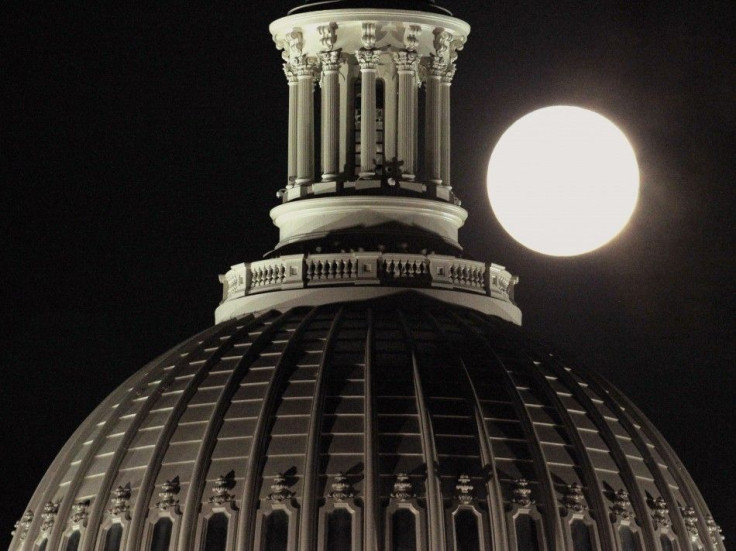What Is A Supermoon? A Primer To The Full Moon Event Of The Year

The supermoon on June 23 will be the full Moon event of 2013. The annual occurrence marks the Moon's closest point to the Earth for the entire year, but what makes this full Moon so special?
The supermoon is not the technical term for the full Moon on June 23. Astronomers call this phenomenon a "perigee moon," which describes the full moon that occurs when the moon is at its closest point to Earth each year. Perigee marks the closest point of a body as it orbits around Earth, while apogee marks the farthest point from Earth.

The apogee moon occurred on June 9, 2013 and in 2014 it will be farthest from Earth on July 28, 2014. The difference between perigee and apogee is just 30,000 miles as the farthest distance between the Earth and Moon is approximately 252,657 miles.
While there is no nickname for when the Earth is closest to the Sun, it has a technical name similar to the Moon's naming conventions. The perihelion is when the Earth is closest to the Sun and that usually occurs in early January. An aphelion is the name for when the Earth is farthest from the Sun, and that usually occurs in early July.
Last year's supermoon occurred on May 5, 2012, and June 23 marks the closest the Moon will get to Earth for the entire year. The next time the Moon will get as close to the Earth will be on Aug. 10, 2014. The Moon will look approximately 14 percent bigger and 30 percent brighter than the other full moons of 2012., according to NASA. While the Moon will be close to Earth, approximately 221,853 miles away, it will have no significant effect on Earth itself.
As Discovery News debunked in 2012, there is no connection between a supermoon and earthquakes, even though the belief goes as far back in history as the ancient Greeks. The casual link has become a part of folklore, but science has proved there is no connection between where the Moon is, in relation to the Earth, and the natural phenomenon. For seismic activity, there are simply too many variables to blame an earthquake on the Moon.
The supermoon will create some tidal changes, but that's because it's getting help from the Sun. Over the weekend, the Sun, Earth and Moon will line up in a near-straight line. The Sun and Moon's gravitational pull will increase high tide and decrease low tide but any change will differ based on location.
As for witnessing the supermoon, it is as easy as going outside and looking up. There is also a live stream, courtesy of SLOOH, that will have a clear view of the supermoon and will feature commentary from astronomers. The SLOOH live stream begins at 6 p.m. PDT, 9 p.m. EDT, on June 23.
© Copyright IBTimes 2024. All rights reserved.






















